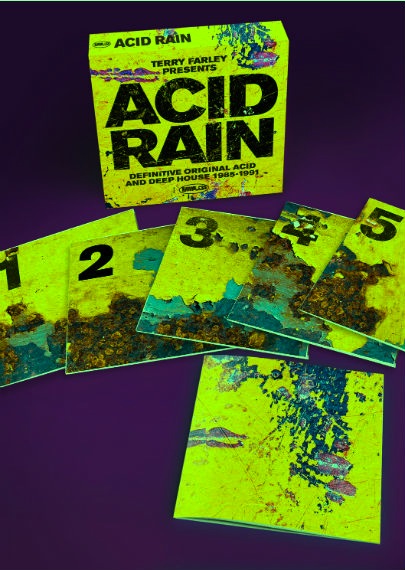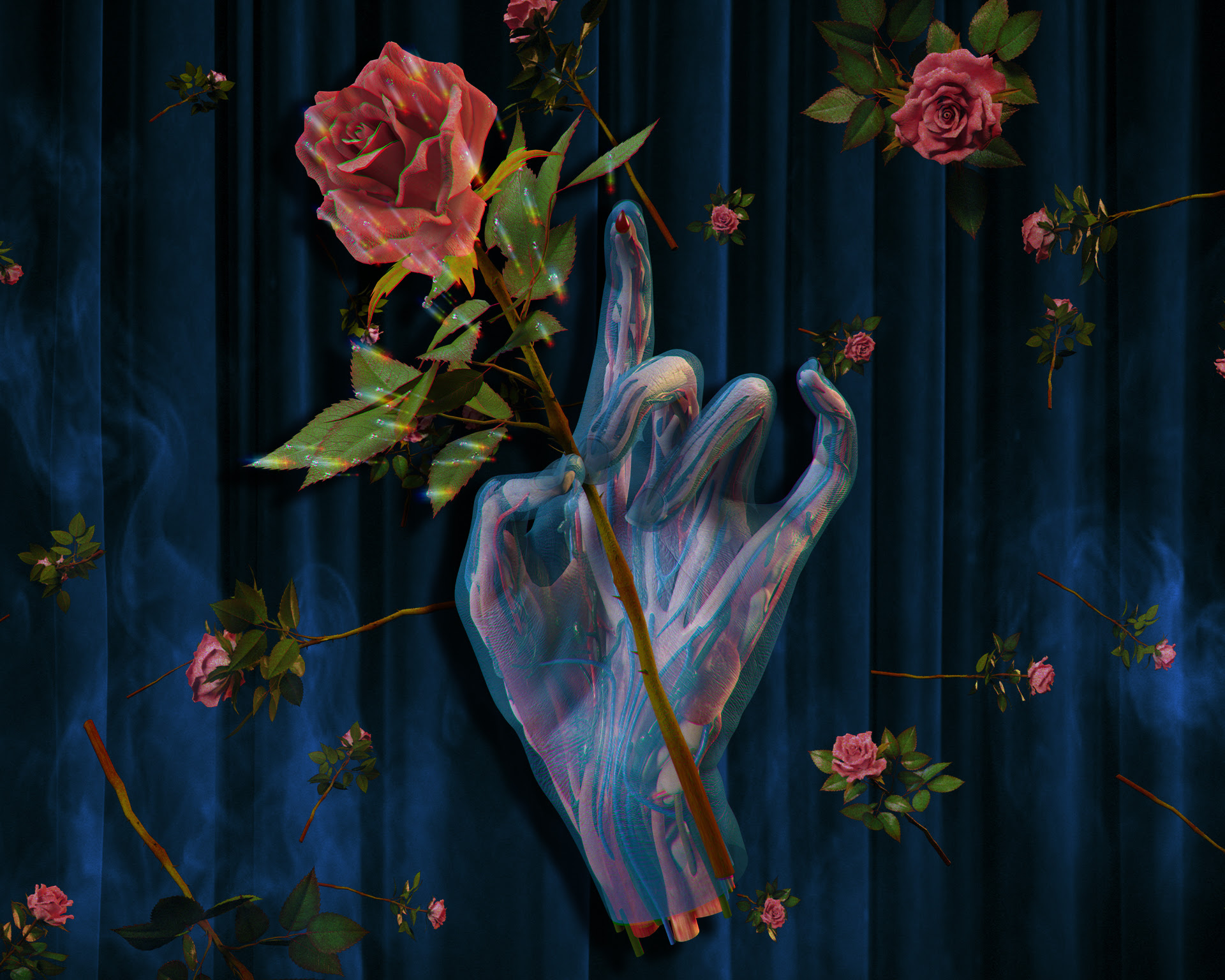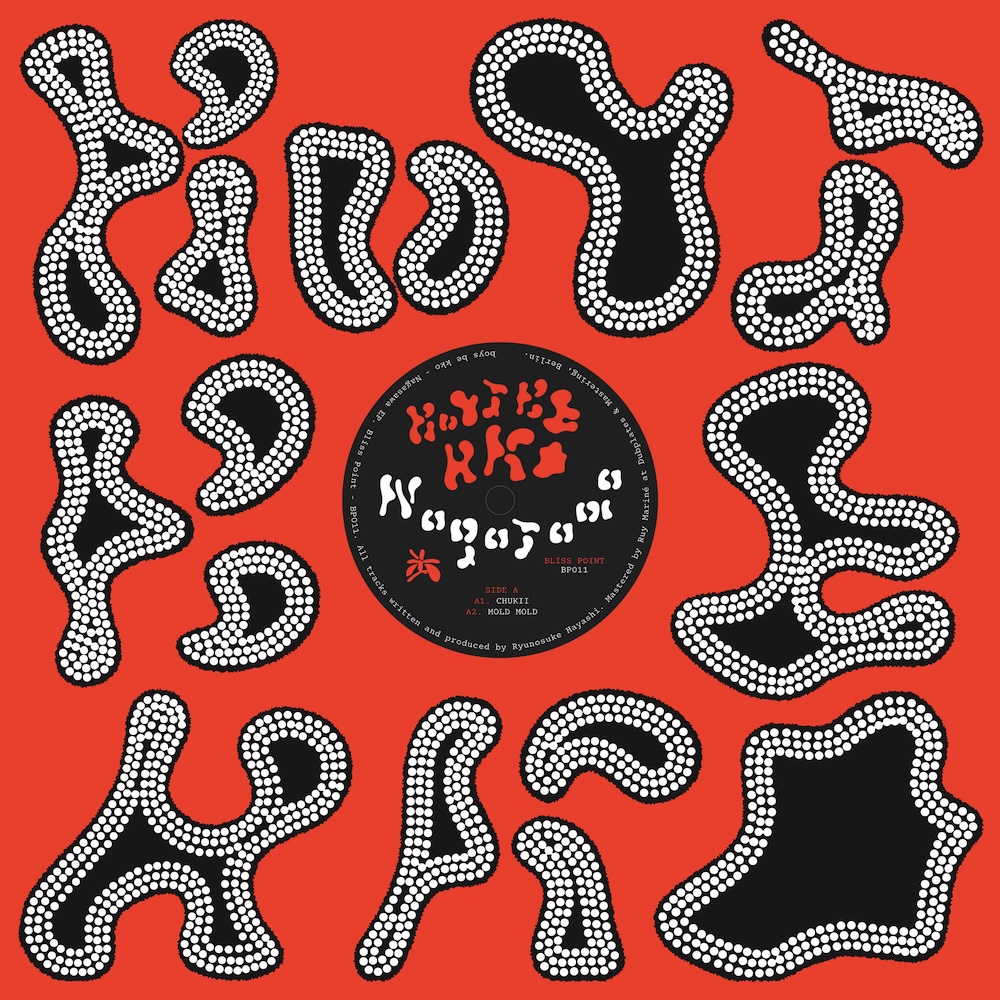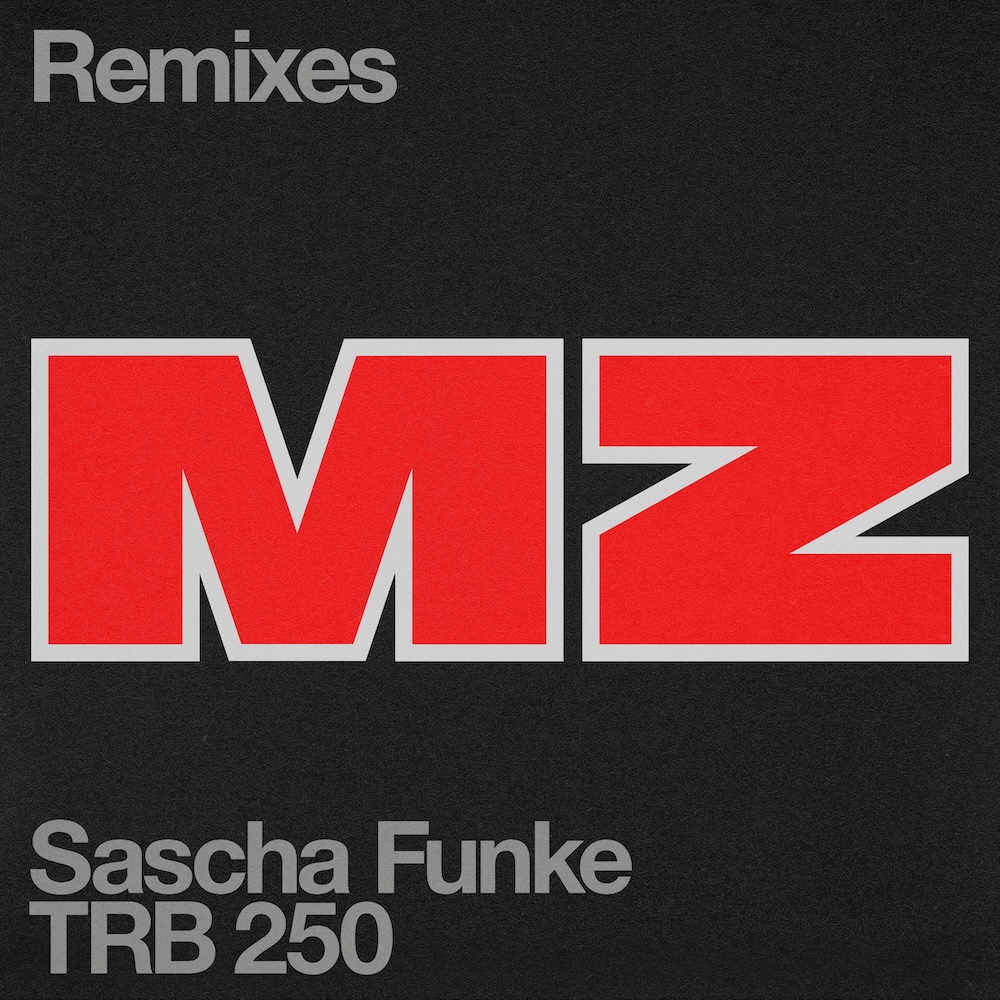acid rain sleevenotes: part 2

RISE OF THE MACHINES
Technology, or more to the point, affordable technology, made a critical contribution in the perfect storm that created house music. Of course, there were kids on the dance floors of the big disco clubs of the 70s who would have loved to make music like that which they danced to at the weekend, but in the 1970s, that meant big studios, hundreds of thousands of dollars worth of kit, professional engineers and producers, and quite possibly, a fully blown orchestra. This changed in the 1980s with the advent of affordable electronic studio technology. Two young men who were quick to take advantage of this opportunity were Playground DJ Jesse Saunders and his friend, aspiring producer and lighting man at the club, Vince Lawrence.
Vinces father ran a small record label with which Vince had already had a local hit with a quirky 142bpm new wave-ish track, Fast Cars the previous year, but in 1984, influenced by the music he and Jesse were hearing in clubs, he wanted more. Then they met Duane Buford, who could actually play the piano and enlisting the help of local punk Screamin Rachel, they set about making music and produced a series of tracks for release under the moniker Z-Factor. However, Vinces father took a few months to put these tracks out. This was a few months too long in the eyes of the boys; frustrated by the delay they recorded another rough and ready beat track, based on an old disco mega mix that Jesse owned by Mach, called On and On. Utilising parts of the tracks they had already recorded, Vince designed a hand written label and the young men took it to the local pressing plant, Precision Records, and paid the owner, a man called Larry Sherman, a dollar a copy to press a thousand copies of their version of On and On.
Being faces on the scene, the boys hustled, getting the record to club DJs and onto local radio, therefore when they turned up at Importes Etc to try and sell a few copies for a couple of dollars each, the shop bought all one thousand copies for $4 a record, in the blink of an eye. Now the record buying public could finally purchase a genuine Chicago house music on vinyl.
Another track that was doing the rounds in the clubs, but on tape rather than vinyl, was Your Love by an artist going by the name Jamie Principle. The music sounded so polished and exotic that no one thought it could possibly have been made in Chicago, and assumed it was the output of a European producer. This was soon followed by the equally polished Bad Boy. But, whilst the local DJs and dancers were in awe of Principles slick, professional productions, everyone thought they could make a track that sounded as good as the more basic On and On and they all wanted to get in on the act too.
Marshall Jefferson, then a Post Office worker, explains how he and many like him got involved, I got into house music from listening to the Hot Mix 5 on the radio, seeing various house DJs like Leonard Remix, Rroy John, Lil Louis, Ron Hardy and Frankie Knuckles. I started making house music when I drove my friend, who was a guitar player, to a guitar store, The Guitar Centre in Chicago. And the salesman tried to sell us this thing, it was a sequencer right? He said, With this sequencer you can play keyboards like Stevie Wonder even if you dont know how to play. So my friend was like, You cant do that man, you gotta take lessons, you gotta practice. But I listened to him and believed him, so I said, I wanna buy it how much? He said $3,000. And I was like I dunno man, thats a lot of money. He said, Well you gotta job?, I say, Yeah, he says, Where?, I say, Post office. So he says, Lemme try and get you a line of credit. So he gets me a line of credit, $10,000! I said, Oh man Im gonna buy it! My friend was like, Why you gonna buy that, and I said, Man, I wanna play keyboards like Stevie Wonder. So, I bought that and the salesman says to me, You dont wanna have this sequencer without the keyboard do you?, and I says, No. So I bought the keyboard. And then he says, You dont want the sequencer and the keyboard without the drum machine do you?. So I says, Ah yeah, youre right. So I bought the drum machine. He says, You dont wanna have the sequencer, keyboard and drum machine and not have a mixer to play it all through do you?. And I was like, Oh yeah, youre right!. So I bought a mixer, I bought a TB-303, I bought an amp and I bought a 4-track recorder. You know, bought all kinds of cool stuff – I run up $9,000 on the tab!
I took it all home and about an hour later all my friends are over looking at all the stuff I bought. And man, they really took the piss out of me man. They really wound me up about it and made me feel two inches tall when they were through with me. What kind fool buys all this stuff without even knowing how to play it? AAAAARGH! you know, man?! I wrote my first song two days later and the next year, hand on my heart, DJs all over the world starting hiring keyboard players and telling them to play keyboards like Marshall Jefferson. And basically, what the sales guy explained to me with the sequencer like that, playing stuff out of like 40 bpms , when I sped it up to 120, it sound like I was Elton John man! I mean, the power that I had was, uhhh, intoxicating. I was slowing this stuff down then speeding it up and I was sounding brilliant at keyboards! Oh man, I mean, it was great.
But like the reaction to On and On, people thought they could match Marshalls efforts too, A lot of my friends saw me playing keyboards and slowing stuff down and speeding it up and they played it too, right? It was this whole, Im smarter than Marshall, I can do better than that you know? A lot of them started doing the same thing and to this day, most of the early Chicago guys played all of their own keyboards. We couldnt afford keyboard players because we didnt have the big budget like the New York guys and stuff. Thats cool, everyone had their own sound and their own style and you could tell the difference between a Marshall Jefferson record and a Steve Silk Hurley record and you could tell the difference between a Steve Silk Hurley record and an Adonis record and you could tell the difference between a Jamie Principle record and a Larry Heard record. It was distinct! You could tell between all of us, it was wonderful really.
Those that did not have the credit line that Marshall had still wanted a slice of the action: Steve Poindexter famously made an entire track using just a Casio RZ-1 drum machine and its tiny sampling capability; Gene Hunt pieced together his first tracks on Larry Heards living room floor using the same machines Heard had used for Fingers Inc.; Chip E started using a Roland 909, borrowed from Frankie Knuckles, who had bought it from Detroit techno producer and Chicago visitor, Derrick May; and Marshall Jefferson helped get Tyree Cooper started, [My friend] would go to the Power Plant and he had a mix tape of Frankie with the original version of Your Love on it and I thought, Hell, I can make a record like that. My sister was always singing around the house and she was putting a band together with Adonis, so I figured she could sing for her brother, but I did not have a drum machine. So, has fate would have it I met Marshall Jefferson and we became friends, one day he had to get all his equipment out of his house and stored it at our club [Sheba Baby], we asked him if we could borrow his 808 drum machine, now being from the south side we didn’t have much money and gave him 20 bucks for a weeks rental – we turned that into 6 months and made ‘ After the night. After that I went into DJ International [record label], I didn’t know much about a mixing board I just knew the record had to have a lot of bass for the systems it would be played on, and when my record came on, I wanted everyone to go crazy.
Tyree was not the only producer Jefferson helped; DJ Pierre, Spanky and Herb J, collectively known as Phuture, borrowed his Roland TB-303 bass-line synthesiser and whilst trying to figure out how to operate the manual-less machine by tweaking the parameter control knobs, they created the wild, warped, undulating electronic bass-line that became the basis for the legendary Acid Tracks, a track that was to change the face of house music. Pierre and Spanky took a tape Ron Hardy, who played it at the Music Box. The first time he dropped it, the crowd did not take to it. Not only did it sound like nothing else being played but it was long, clocking in at over 12 minutes. However, Ron persevered that night and played it again. And again. And by the fourth time he played it the club was going crazy. It became such a signature tune for Hardy, truly tapping the energy of the LSD fuelled dancefloor of Music Box, that it was colloquially known as Ron Hardys Acid Track long before the true identity of its makers was revealed.
Regardless of how much new music was being produced, house music may well have withered on the vine if there had not been an outlet for it. Fortunately, for the young producers of Chicago, Larry Sherman, the owner of the only pressing plant in town was also a shrewd businessman and he saw an opportunity in house music.
After the success of On and On Vince Lawrence approached Larry and suggested they create a record label to act as a home for the slew of new tracks being produced in the city. Lawrence was a fan of electro-industrial label Wax Trax! and this influenced both the name of the new house label, Trax Records, and the design: a bold white font on a black background that featured on all the early releases, before the now iconic red labels came into being.
The sharp business practices employed by Sherman form the bedrock of most tales about the early days of Chicago House, with accusations of unhonoured contracts, unfulfilled payments and illicit releases. Sherman infamously explained to young producers upon signing of a contract that given the opportunity, he would, screw them over, because it was a business. In many instances, he was true to his word. The customer also often got a raw deal because the most infamous cost reduction measure Sherman employed was to use recycled rather than use virgin vinyl – badly recycled vinyl. Boo Williams, one of the second wave of Chicago house artists in the early 1990s, remembers working at the Precision plant, smashing out the centres of old discos records before they were melted down. Somewhat ironically, given the name of Shermans business, this was not a precise process and often bits of the centre labels found their way into the molten vinyl too, which led to already poor quality getting poorer still, with sand paper surfaced records often containing chunks of paper too. Regardless, Shermans view was he delivered the best record you could make for a quarter.!
Quality control issues aside, Trax were vital in the development of house music. And whilst there is still some animosity about how Sherman handled his business, artists such as Eric Lewis and Merwyn Sanders of Virgo Four, and Marshall Jefferson himself, (who went on to work for the label signing artists), have argued that without Trax, the music would have never been pressed and certainly would have never made it out of Chicago. Sherman put money into the pockets of young producers and got their product into the racks of record shop in fairly short order.
In essence, Larry Sherman and Rocky Jones, founder of rival label, DJ International, provided the fuel for the house music machine.
Next week…Part 3.
Words by R$N home boy and all round good’un Monsieur Miles Simpson.
Acid Rain: Definitive Original Acid & Deep House 1985-1991 is out on Harmless on August 12th.


















Must Reads
David Holmes – Humanity As An Act Of Resistance in three chapters
As a nation, the Irish have always had a profound relationship with the people of Palestine
Rotterdam – A City which Bounces Back
The Dutch city is in a state of constant revival
Going Remote.
Home swapping as a lifestyle choice
Trending track
Vels d’Èter
Glass Isle
Shop NowDreaming
Timothy Clerkin
Shop Now